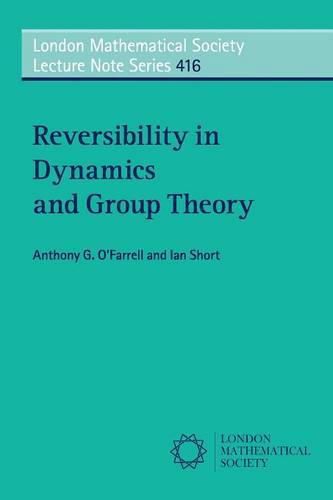Readings Newsletter
Become a Readings Member to make your shopping experience even easier.
Sign in or sign up for free!
You’re not far away from qualifying for FREE standard shipping within Australia
You’ve qualified for FREE standard shipping within Australia
The cart is loading…






Reversibility is a thread woven through many branches of mathematics. It arises in dynamics, in systems that admit a time-reversal symmetry, and in group theory where the reversible group elements are those that are conjugate to their inverses. However, the lack of a lingua franca for discussing reversibility means that researchers who encounter the concept may be unaware of related work in other fields. This text is the first to make reversibility the focus of attention. The authors fix standard notation and terminology, establish the basic common principles, and illustrate the impact of reversibility in such diverse areas as group theory, differential and analytic geometry, number theory, complex analysis and approximation theory. As well as showing connections between different fields, the authors’ viewpoint reveals many open questions, making this book ideal for graduate students and researchers. The exposition is accessible to readers at the advanced undergraduate level and above.
$9.00 standard shipping within Australia
FREE standard shipping within Australia for orders over $100.00
Express & International shipping calculated at checkout
Reversibility is a thread woven through many branches of mathematics. It arises in dynamics, in systems that admit a time-reversal symmetry, and in group theory where the reversible group elements are those that are conjugate to their inverses. However, the lack of a lingua franca for discussing reversibility means that researchers who encounter the concept may be unaware of related work in other fields. This text is the first to make reversibility the focus of attention. The authors fix standard notation and terminology, establish the basic common principles, and illustrate the impact of reversibility in such diverse areas as group theory, differential and analytic geometry, number theory, complex analysis and approximation theory. As well as showing connections between different fields, the authors’ viewpoint reveals many open questions, making this book ideal for graduate students and researchers. The exposition is accessible to readers at the advanced undergraduate level and above.